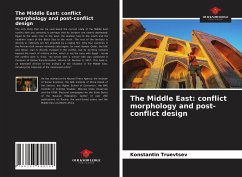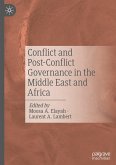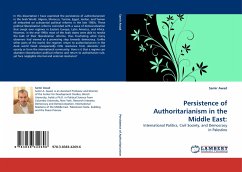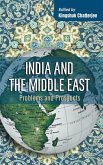The only thing that can be said about the current state of the Middle East conflict with any certainty is perhaps that its borders are clearly delineated: Egypt to the west, Iran to the east, the Arabian Sea to the south and the southern coast of the Black Sea to the north. The rest of the territory is directly or indirectly (so far) engulfed by a raging fire. Only four countries in the Persian Gulf remain relatively safe (again, for now): Kuwait, Qatar, the UAE and Oman. Iran is directly involved in the conflict, but its territory remains beyond the reach of military action, which is not the case with Egypt - inside the conflict zone is Sinai. "An article with a similar title was published in Contours of Global Transformation, Volume 10, Number 2, 2017. This book is an extended version of the analysis of the situation in the Middle East, including the materials of the mentioned article".
Bitte wählen Sie Ihr Anliegen aus.
Rechnungen
Retourenschein anfordern
Bestellstatus
Storno








